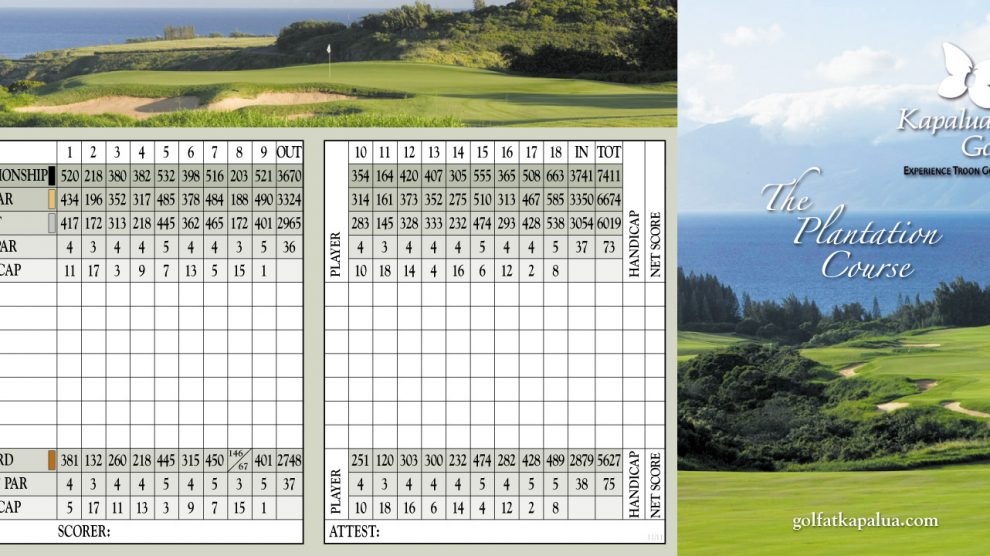If you're a recreational golfer and play enough times on the golf course, you're going to hear someone referred to as a "scratch golfer." For whatever reason, that term seems to have lost meaning over the years, but there are still plenty of golfers who aspired to get down to scratch.
So what exactly defines someone as a scratch golfer?
According the USGA, a scratch golfer is simply identified as "a player who can play to a Course Handicap of zero on any and all rated golf courses." A course handicap is how many strokes an individual player gets on a specific course based on their handicap index and the course rating. The scorecard par really has nothing to do with defining a golfer's handicap index. A golfer's handicap index takes into account the best 8 scores of a golfer against each course rating, out of their last 20 recorded, suggesting a golfer's potential average score on a good day.
For golf course rating purposes, which is the foundation of determining player handicap indexes, a "scratch golfer" is a player who can drive the ball at least 250 yards and can reach a 470-yard hole in two shots at sea level.
Working through the USGA's terminology, a scratch golfer is basically a golfer who is good enough to get zero handicap strokes on any golf course, from any set of tees in a net competition. If a scratch golfer plays in a net tournament, their gross score is the same as their net score, or worse.
A scratch golfer can have better than a 0.0 USGA Handicap Index. They could have a positive handicap and be better than scratch, meaning they actually have to add strokes to their score in a net competition. Those types of golfers are sometimes colloquially called "plus" golfers, named as such because their Handicap Index has a plus sign in front of it instead of a minus sign.
A scratch golfer is rare. Among the millions who play golf in the United States, perhaps 1 percent are of scratch level.

